Guided analyses
The following guided analyses demonstrate a standard end-to-end analysis pipeline for different types of single-cell chromatin data.
Human peripheral blood mononuclear cells
In this tutorial we analyze a human peripheral blood mononuclear cell (PBMC) dataset of ~7,000 cells.
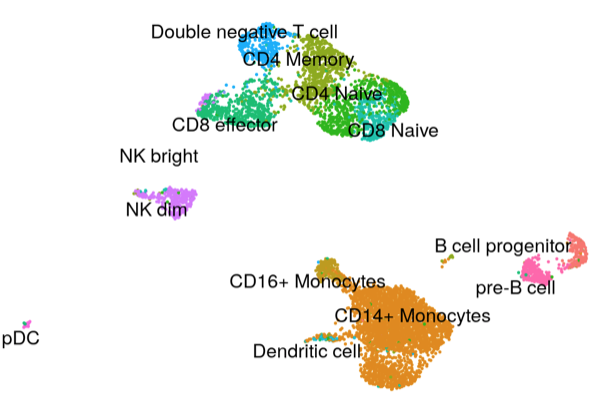
Mouse cortical brain cells
In this tutorial we analyze a dataset of ~3,500 cortical neurons from the adult mouse brain.

Joint scRNA-seq and scATAC-seq analysis: 10x Multiomic
In this tutorial we demonstrate a joint analysis of combined gene expression and DNA accessibility data, measured in the same human PBMCs using the 10x Genomics multiomic kit.
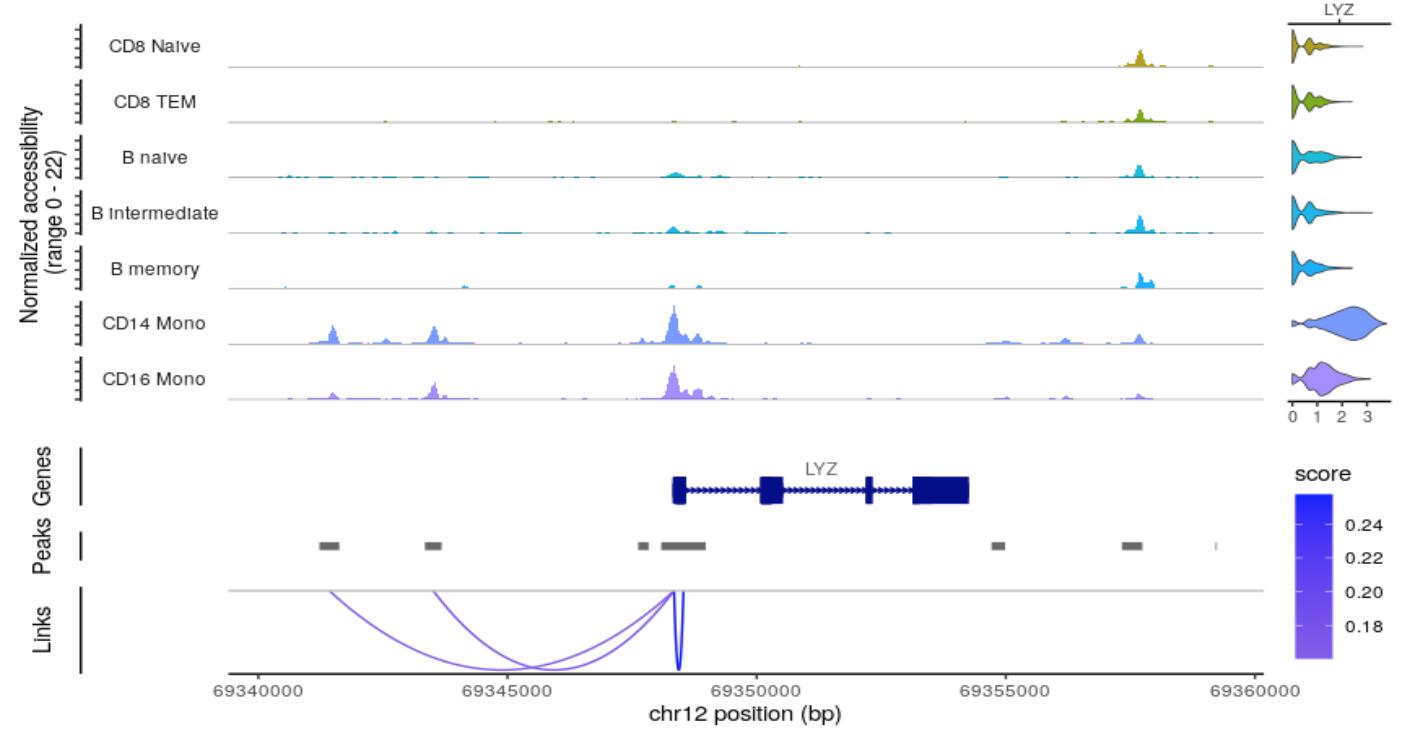
Joint scRNA-seq and scATAC-seq analysis: SNARE-seq
In this tutorial we demonstrate strategies to analyze a SNARE-seq dataset where we have paired measurements of gene expression and DNA accessibility from the same mouse brain nuclei.
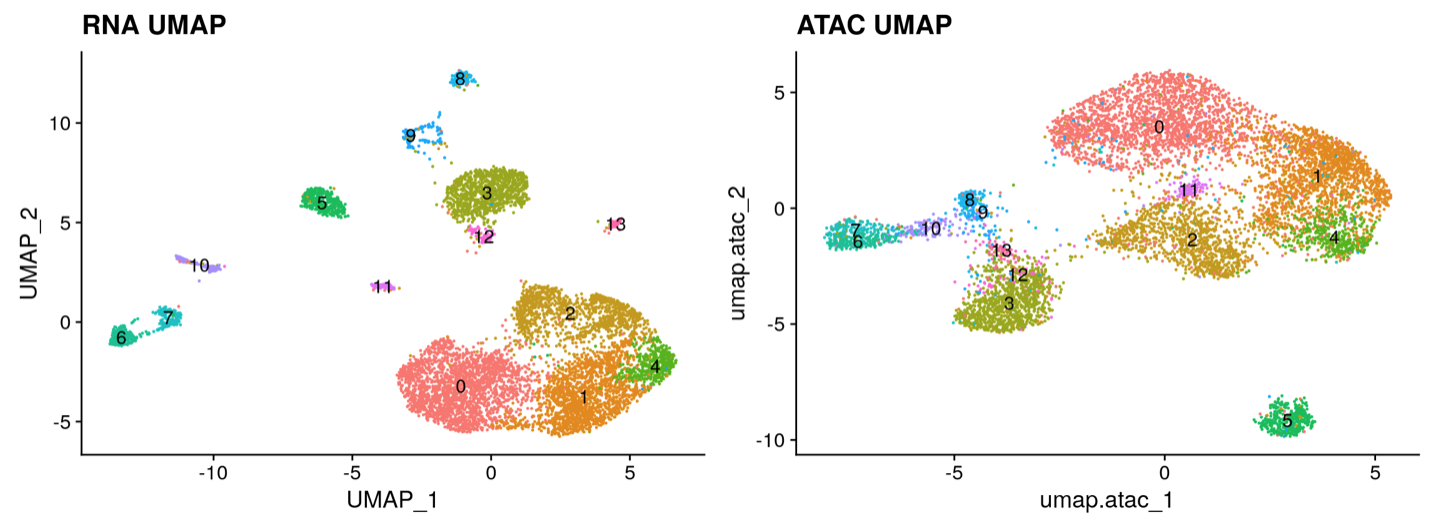
Joint single-cell mitochondrial DNA genotyping and DNA accessibility analysis
In this tutorial we identify clonotypes using mitochondrial DNA mutations identified from scATAC-seq data, and jointly analyze clonal cellular relationships and DNA accessibility patterns in a human colorectal cancer sample.
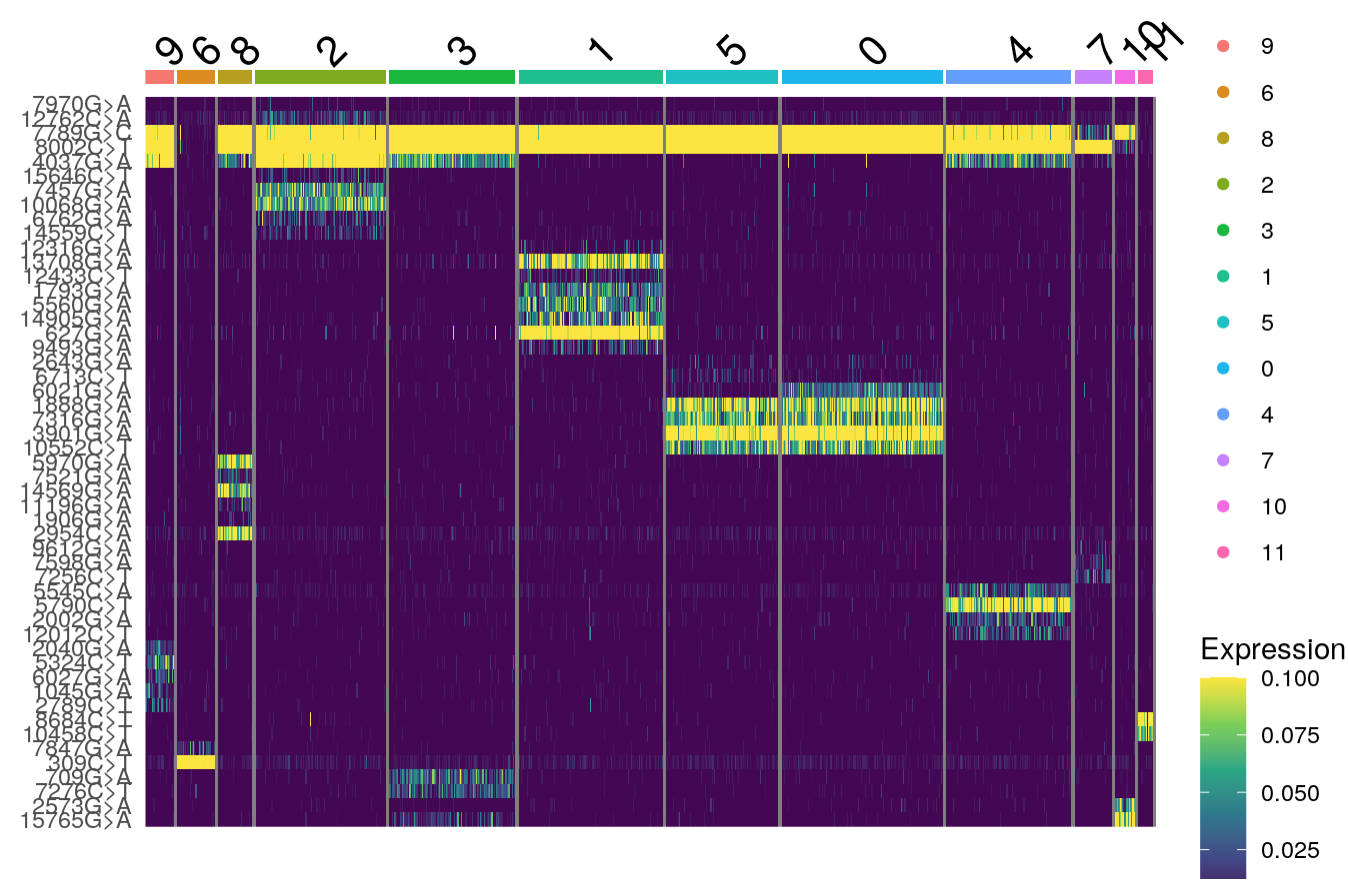
How-to
The following short vignettes demonstrate how to perform more specialized analysis tasks.
Peak calling
In this vignette we demonstrate how to perform cell-type-specific peak calling for scATAC-seq data.

Merging datasets
This vignette outlines strategies for merging different single-cell chromatin datasets together.

Integration and label transfer
Here we demonstrate the integration of multiple single-cell chromatin datasets, as well as label transfer from a reference dataset to an unlabeled query dataset.

DNA sequence motif enrichment analysis
In this vignette we demonstrate how to perform DNA sequence motif enrichment analysis using Signac.
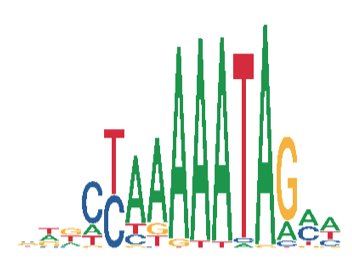
Transcription factor footprinting analysis
In this vignette we demonstrate how to perform motif footprinting analysis, using a human hematopoietic stem cell dataset as an example.
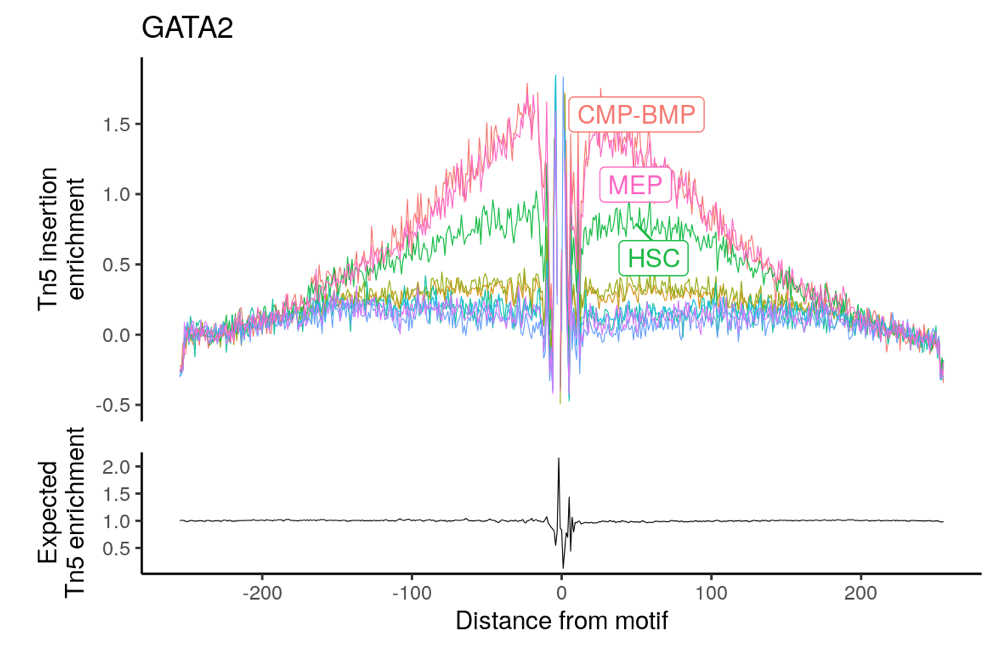
Building trajectories with Monocle 3
Here we demonstrate how to build trajectories using scATAC-seq data with the Monocle 3 package and conversion functions present in SeuratWrappers.
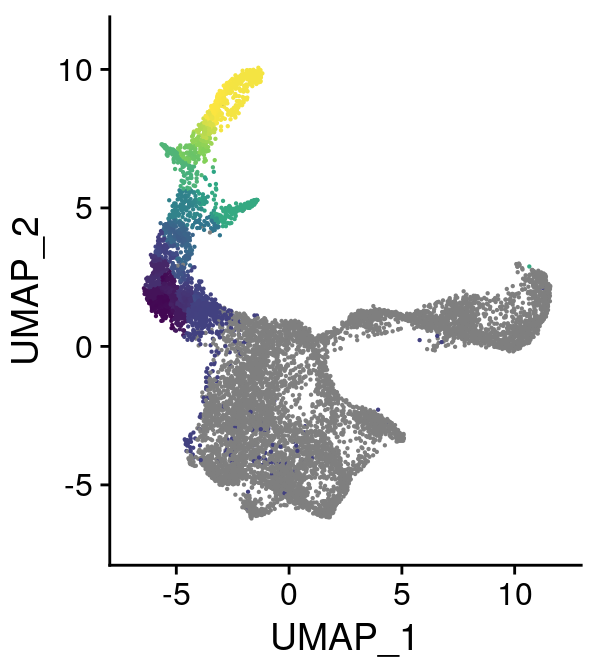
Finding co-accessible sites with Cicero
Here we demonstrate how to find co-accessible peaks in scATAC-seq data using the Cicero package and conversion functions present in SeuratWrappers.
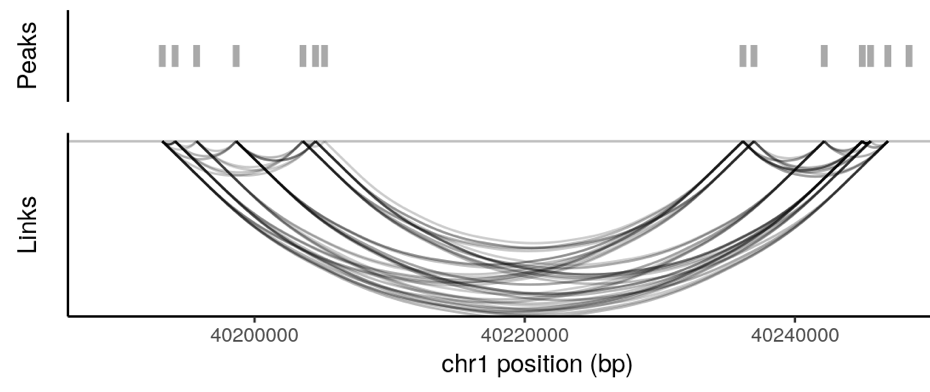
Data visualization
Here we demonstrate how to create genome browser-style plots using single-cell chromatin data.

Object interaction
The following vignettes demonstrate how to interact with the Seurat object and object classes defined in the Signac package.
Data structures and object interaction
This vignette details each class defined in Signac, the methods that operate on each class, and provides some examples of how to interact with these objects to perform common analysis tasks.
Parallel and distributed computing
This vignette demonstrates how to enable parallel computing in Signac and Seurat, and gives an example of the amount of speedup that might be expected from enabling parallelization.